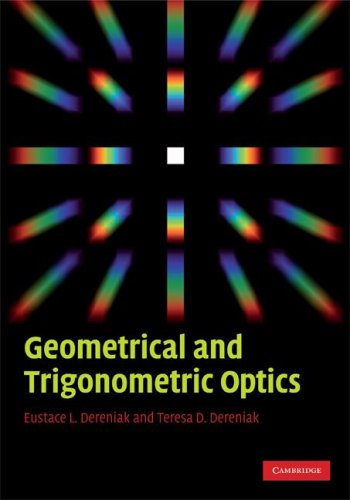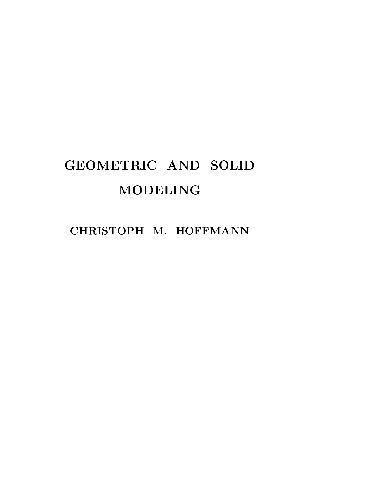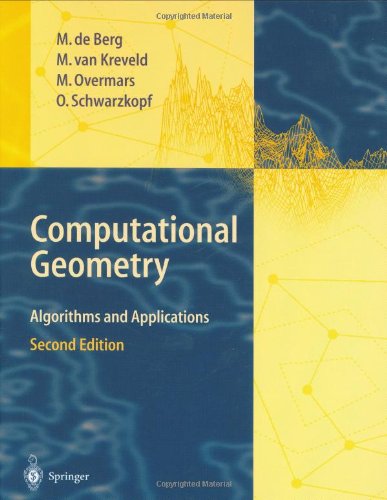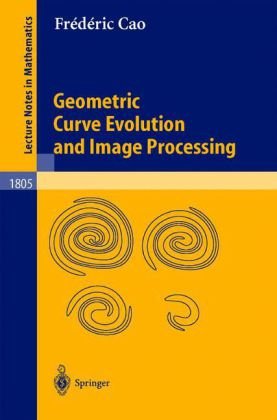Eustace L. Dereniak, Teresa D. Dereniak0521887461, 9780521887465
Table of contents :
Cover……Page 1
Half-title……Page 3
Title……Page 5
Copyright……Page 6
Contents……Page 7
Preface……Page 11
1.1 Background history……Page 13
1.2 Nature of light……Page 14
1.3 Wavefronts and rays……Page 20
1.4 Index of refraction……Page 22
1.5 Optical path length (OPL) and reduced thickness……Page 24
1.6 Coordinate system……Page 28
1.7 Solid angle……Page 29
1.8 Polarization……Page 31
Problems……Page 34
Bibliography……Page 40
2.1 Rays……Page 42
2.2 Fermat’s principle……Page 43
2.3.1 Experimental verification of Snell’s law……Page 46
2.3.2 Multilayer stack of glass……Page 48
2.4.1 Fresnel reflectance and transmittance equations……Page 49
2.4.2 Total internal reflection (TIR)……Page 50
2.5 Handedness/parity……Page 51
2.6 Plane parallel plate (PPP) and reduced thickness……Page 52
Problems……Page 57
Bibliography……Page 60
3.1 Pinhole camera……Page 61
3.2 Object representation……Page 64
3.3 Lenses……Page 66
3.4 Image types……Page 70
Problems……Page 71
Bibliography……Page 72
4.1 Plane mirrors……Page 73
4.2 Deviating prisms……Page 77
4.2.1 Unfolding deviating prisms and tunnel diagrams……Page 78
4.2.2 Applications of deviating prisms……Page 80
4.3 Dispersing prisms……Page 81
4.3.1 Refractive index variation with wavelength……Page 83
4.3.2 Abbe number (V#)……Page 84
4.3.3 Deviation for triangular prism……Page 85
4.3.4 Minimum deviation for a triangular prism……Page 87
4.3.4.1 Minimum deviation of a thin prism for different wavelengths……Page 89
4.3.4.2 Prism base size effects……Page 90
4.3.5 Prism pairs……Page 91
4.4 Glass……Page 92
4.4.1 Chemical composition……Page 93
4.4.1.1 Crown glasses……Page 94
4.4.2 Glass charts and plots……Page 95
4.5 Plastic optical materials……Page 99
Problems……Page 100
Bibliography……Page 107
5.1 Optical spaces……Page 108
5.2 Sign convention……Page 109
5.3 Ray tracing across a spherical surface……Page 110
5.4 Sag of spherical surfaces……Page 116
5.5 Paraxial ray propagation……Page 117
5.5.1 Refraction equation of paraxial optics……Page 118
5.5.2 Optical power……Page 119
5.5.3 Transfer equation……Page 120
5.6 Gaussian equation of a single surface……Page 123
5.7 Focal lengths and focal points……Page 124
5.8 Transverse magnification……Page 125
Problems……Page 128
Bibliography……Page 133
6.1 Lens types and shape factors……Page 134
6.2 Gaussian optics – cardinal points for a thin lens……Page 135
6.3.1 Non-linear mapping of a positive lens……Page 137
6.3.2 Non-linear mapping of a negative lens……Page 139
6.3.3 Collinear transformation in first order optical design……Page 140
6.3.3.1 Gaussian equation……Page 142
6.4 Magnification……Page 144
6.4.1 Transverse magnification……Page 145
6.4.2 Axial magnification……Page 146
6.5 F-number……Page 148
6.5.1 F/# (infinity)……Page 149
6.5.2 F/# (working)……Page 150
6.6.1 Derivation and construction……Page 151
6.6.2 Positive lenses……Page 154
6.6.3 Negative lenses……Page 156
6.7 Thick lens equivalent of thin lens……Page 157
6.8 Newtonian optics……Page 160
6.9 Cardinal points of a thin lens……Page 161
6.10 Thin lens combinations……Page 162
6.10.1 Unique separations of two thin lenses……Page 164
6.10.2 Cardinal points of two thin lenses……Page 165
6.10.3 Three thin lenses combined……Page 169
Problems……Page 170
Bibliography……Page 175
7.1 Principal points……Page 176
7.2 Focal points……Page 179
7.3 Nodal points……Page 180
7.4 Determining cardinal points……Page 182
7.5 Thick lens combinations……Page 187
7.5.1 Gaussian reduction of two thick lenses……Page 189
7.5.2 Gaussian reduction of three thick lenses……Page 193
7.5.3 Gaussian reduction of an achromat……Page 198
Problems……Page 199
Bibliography……Page 203
8 Mirrors……Page 205
8.1 Plane mirrors……Page 206
8.2 Spherical mirrors……Page 209
8.2.1 Catadioptic systems……Page 216
8.2.2 Unfolding mirror systems……Page 218
8.3 Volume of material in a spherical dome……Page 220
8.4 Aspheric surfaces……Page 222
8.4.1 Paraboloid mirror……Page 223
8.4.3 Hyperboloid mirror……Page 226
8.5 Aspheric surface sag……Page 230
Problems……Page 232
Bibliography……Page 237
9 Optical apertures……Page 238
9.1 Aperture stop……Page 239
9.1.1 Entrance and exit pupils……Page 240
9.1.2 Telecentric pupil location……Page 245
9.1.3 Aperture stop determination……Page 246
9.2 Field stop……Page 248
9.2.1 Field of view……Page 249
9.3 F-number and numerical aperture……Page 250
9.4 Depth of focus and depth of field……Page 256
9.5 Hyperfocal distance……Page 258
Problems……Page 260
Bibliography……Page 266
10 Paraxial ray tracing……Page 267
10.1 Ray tracing worksheet……Page 268
10.2 Chief and marginal rays……Page 275
10.3 Optical invariants……Page 277
10.4 Marginal and chief ray trace table……Page 281
10.4.1 Stops and pupils……Page 284
10.4.2 Image location and size……Page 285
10.4.3 Vignetting analysis……Page 287
10.5 Scaling of chief and marginal rays……Page 289
10.6 Whole system scaling……Page 291
Problems……Page 294
Bibliography……Page 303
11.1 Diffraction……Page 304
11.3 Monochromatic lens aberrations……Page 307
11.3.1 Spherical aberration……Page 308
11.3.2 Coma……Page 314
11.3.3 Astigmatism……Page 318
11.3.4 Field curvature (Petzval) aberration……Page 319
11.3.5 Distortion……Page 320
11.4 Aberration induced by a PPP……Page 322
11.5 Chromatic aberration……Page 325
11.5.1 Achromat doublet……Page 328
11.5.2 Air spaced achromat……Page 329
11.5.3 Secondary chromatic aberration……Page 330
11.5.4 Apochromat……Page 333
11.6 Summary of aberrations……Page 334
Problems……Page 335
Bibliography……Page 338
12.1 Approach……Page 340
12.2.1 Transfer equations between spherical surfaces, j-1 to j……Page 342
12.3 Refraction at the spherical surface……Page 347
12.4 Meridional real ray trace……Page 352
12.5 Q-U method of real ray trace……Page 353
Bibliography……Page 358
A.2 Two-material prism……Page 359
A.5 Concluding remarks……Page 361
Appendix B Linear mixing model……Page 363
Approach to solution……Page 365
Matlab program – unmixing……Page 389
Constituent……Page 390
C.1 Rainbows……Page 391
C.2 Secondary rainbows……Page 394
C.3 Halos……Page 397
C.4 Mirages……Page 398
Appendix D Nomenclature for equations……Page 400
Appendix E Fundamental physical constants and trigonometric identities……Page 403
Cofunction identities……Page 404
Power–reducing/half angle formulas……Page 405
Law of sines……Page 406
Euler’s relations……Page 407
Glossary……Page 408
Index……Page 414







Reviews
There are no reviews yet.